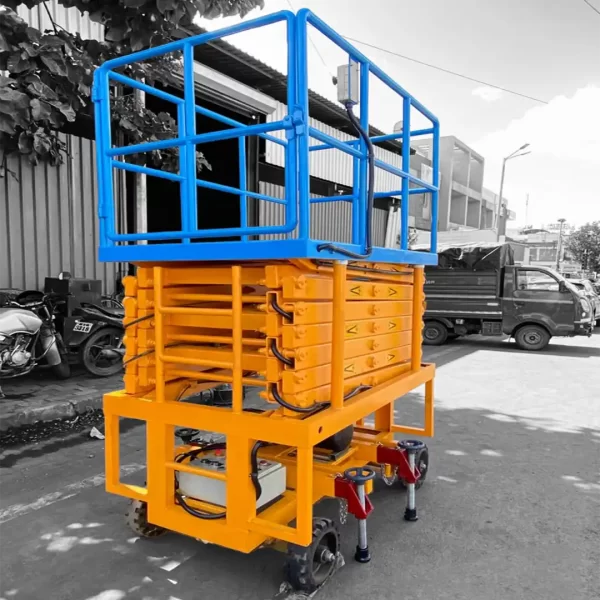

House shifting, also known as moving or relocating, is a significant event that can be both exciting and stressful. Whether you’re moving across town or to a different city, the process involves a myriad of tasks, from packing and organizing to transporting and settling into a new home. This comprehensive guide will help you navigate the complexities of house shifting, providing practical tips and advice to ensure a smooth and successful move.
Planning Your Move
The key to a successful house shift is thorough planning. Start by creating a detailed moving plan that includes the following steps:
- Set a Moving Date: Choose a moving date that gives you ample time to prepare. Consider factors like work schedules, school terms, and weather conditions.
- Create a Moving Checklist: List all the tasks that need to be completed before, during, and after the move. This includes packing, hiring movers, updating your address, and setting up utilities.
- Budget for Your Move: Moving can be expensive, so it’s important to budget for various expenses, including packing materials, moving services, transportation, and any temporary accommodation if needed.
- Declutter: Before you start packing, go through your belongings and decide what to keep, donate, sell, or discard. This will reduce the volume of items to move and make packing more manageable.
Packing and Organizing
Packing is one of the most time-consuming aspects of house shifting. Here are some tips to make the process more efficient:
- Gather Packing Supplies: Ensure you have enough boxes, tape, bubble wrap, packing paper, and markers. Consider using specialty boxes for fragile items, such as dish packs or wardrobe boxes.
- Pack Room by Room: Tackle one room at a time to stay organized. Label each box with its contents and the room it belongs to in the new house.
- Protect Fragile Items: Use bubble wrap or packing paper to protect breakable items. Label these boxes as “Fragile” and make sure they are handled with care.
- Pack Essentials Separately: Pack a separate box or bag with essentials you’ll need immediately upon arrival, such as toiletries, clothes, medications, and important documents.
- Disassemble Furniture: If possible, disassemble large furniture items to make them easier to transport. Keep screws and small parts in labeled bags taped to the corresponding furniture.
Hiring Professional Movers
Deciding whether to hire professional movers or handle the move yourself is a crucial decision. Here are some considerations:
- Research Moving Companies: Look for reputable moving companies with positive reviews and reasonable rates. Ask for recommendations from friends and family.
- Get Multiple Quotes: Obtain quotes from at least three different moving companies. Ensure the quotes include all potential charges and services.
- Check for Insurance: Verify that the moving company offers insurance coverage for your belongings during the move. This provides peace of mind in case of damage or loss.
- Book Early: If you’re moving during peak season (summer or end of the month), book your movers well in advance to secure your preferred date.
- DIY Option: If you choose to move yourself, consider renting a moving truck and enlisting the help of friends and family. Make sure you have the necessary equipment, such as dollies and furniture pads.
Moving Day
On moving day, ensure everything goes smoothly by following these steps:
- Confirm Arrangements: Confirm the moving details with your movers or helpers, including the arrival time and any special instructions.
- Supervise the Process: Be present to oversee the loading of your belongings and ensure everything is handled carefully. Provide clear instructions to the movers.
- Final Walkthrough: Before leaving your old home, do a final walkthrough to check for any forgotten items. Ensure all windows and doors are locked and utilities are turned off.
- Keep Important Documents Handy: Keep important documents, such as identification, contracts, and moving company contact information, with you rather than packed away.
Settling into Your New Home
Once you’ve arrived at your new home, there are several steps to take to get settled:
- Unpack Essentials First: Start by unpacking the essentials box you packed earlier. This will help you settle in more comfortably on the first day.
- Set Up Utilities: Ensure that your utilities (electricity, water, gas, internet) are up and running. Schedule any necessary installations or services.
- Inspect Your Belongings: Check your items for any damage that may have occurred during the move. Report any issues to the moving company if applicable.
- Organize Room by Room: Unpack systematically, focusing on one room at a time. Start with the kitchen and bedrooms to make the space functional quickly.
- Update Your Address: Notify relevant parties of your new address, including banks, employers, schools, and subscription services. Update your address with the postal service to forward your mail.
- Get to Know Your New Area: Explore your new neighborhood to locate essential services such as grocery stores, pharmacies, and healthcare providers. Introduce yourself to your neighbors and familiarize yourself with the community.
Tips for a Stress-Free Move
- Stay Organized: Keep all moving-related documents and receipts in one place. Use a binder or folder to stay organized.
- Take Breaks: Moving is physically and mentally exhausting. Take regular breaks to rest and recharge.
- Ask for Help: Don’t hesitate to ask friends or family for assistance. Moving is a big task, and extra hands can make the process smoother.
- Stay Positive: Keep a positive attitude throughout the move. Focus on the exciting aspects of your new home and the opportunities it brings.
Conclusion
House shifting is a significant undertaking that requires careful planning, organization, and execution. By following the steps outlined in this guide, you can ensure a smooth and stress-free move. Whether you’re relocating across town or to a new city, the key is to stay organized, seek help when needed, and maintain a positive outlook. With the right approach, you can transition to your new home with ease and start the next chapter of your life on the right foot.









